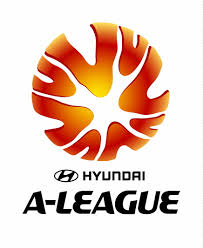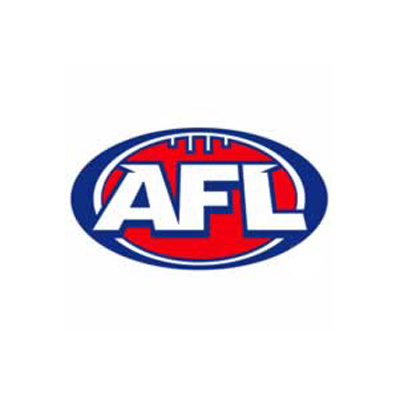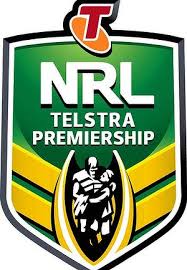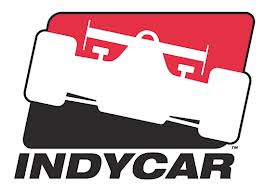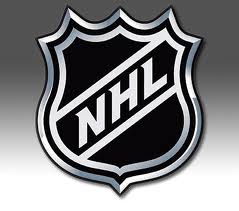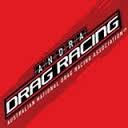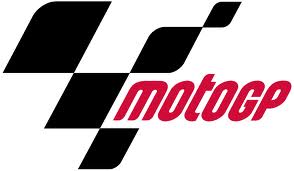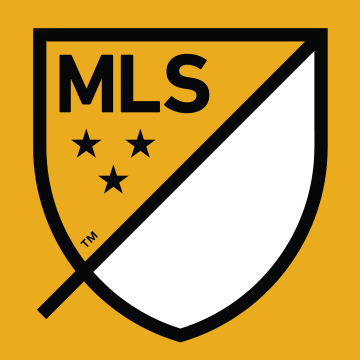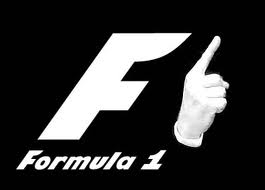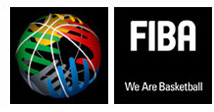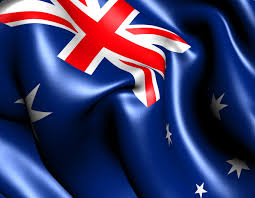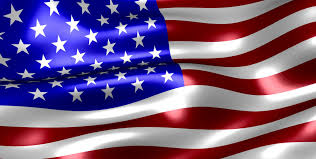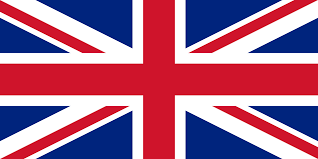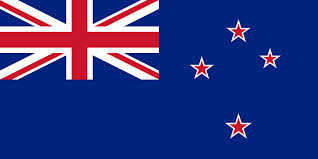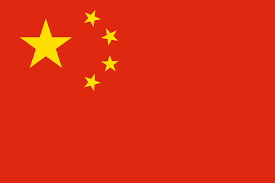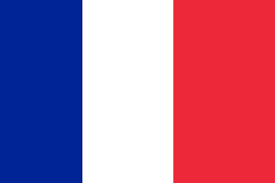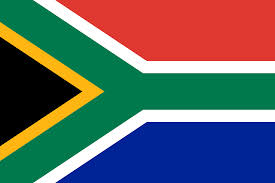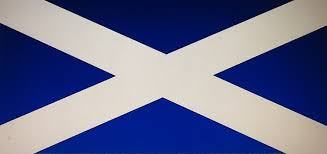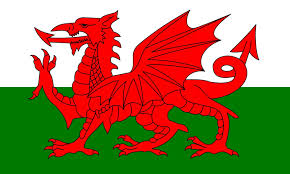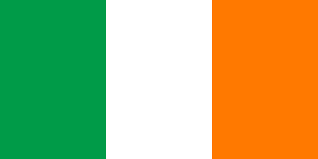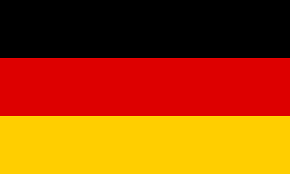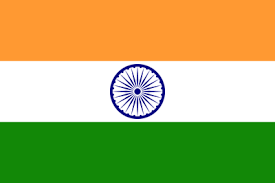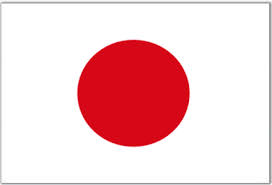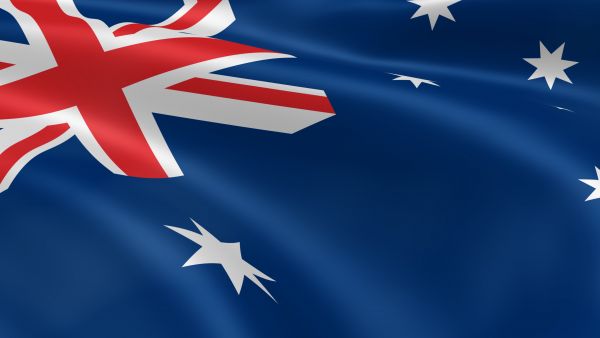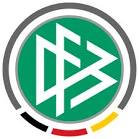German Football (Soccer)
Latest News & Results
STORY
 |
| The World Champions 1954 (from left): Fritz Walter, Toni Turek, Horst Eckel, Helmut Rahn, Ottmar Walter, Werner Liebrich, Jupp Posipal, Hans Schäfer, Werner Kohlmeyer, Karl Mai, Max Morlock |
To describe the set-up and structure of the DFB, the image of apyramid would offer an appropriate comparison. At the top is the DFB followed by the five regional associations north, west, south, southwest and northeast forming the second step. Sub-ranking under the regional associations are according to geographical aspects the 21 sub-regional associations encompassing the districts and counties with the associated clubs and club members. Beautiful and generously planned sports academies are the soccer-focussed central points in the sub-regional associations.
The common goal throughout all steps of this pyramid is to give soccer a perfect organization including all age groups from the very young to the senior classes. It wouldn’t be possible otherwise, because if you look at the long list of responsibilities you are confronted with (to pick only a few items) player pass systems, game plans, appointment of referees, construction of sports facilities, transfer regulations, sports jurisdiction, subscription fees, tax affairs, courses, training of coaches, organization of national and international matches.
 |
| The World Champions 1974 (back row from left): Derwall, Beckert, Höttges, Maier, Flohe, Müller, Grabowski, Breitner, Schwarzenbeck, Heß, Cullmann, Dahn; front row from left: Nigbur, Hoeneß, Heynckes, Bonhof, Schön, Beckenbauer, Hölzenbein, Vogts, Overath, Deuser, Widmayer |
Continuity at the top is the secret behind the success of the DFB. From the day it was called into existence in 1900 till now, the DFB has had only nine presidents: Prof. Dr. Ferdinand Hueppe (1900-1904), Friedrich-Wilhelm Nohe (1904-1905), Gottfried Hinze (1905-1925), Felix Linnemann (1925-1945), Dr. Peco Bauwens (1949-1962), Dr. Hermann Gösmann (1962-1975), and Dr. h.c. Hermann Neuberger (1975-1992) who also was 17 years head of the WC Organization Committee of the FIFA, and in this office he gained highest reputation.
At the Bundestag (Assembly) in 1992, Egidius Braun from Aachen took over as successor of his late friend Hermann Neuberger whose term of office was a period of great sports achievements accompanied by economic growth and the long-awaited reunion with the DFB's former-GDR counterpart, the Deutscher Fussball-Verband (DFV). 40 years soccer in the east stood for a rather miserable situation, because national support footed entirely on the gaining of Olympic medals in other sports disciplines. At the extraordinary Bundestag (Assembly) at Leipzig in 1990 - there could hardly have been a place of more symbolic character - union of the soccer associations of west and east became reality.
 |
| Important day in Leipzig. More than a symbolic shake hands between Dr. Hans-Georg Moldenhauer (left), until then president of the German Football Organisation of the GDR, and Hermann Neuberger, president of the German Football Association (DFB) |
Residence of the central administration of the DFB with a staff of about 150 full-time employees is Frankfurt am Main, just near the Waldstadion. At this place all affairs are handled that come together from five different directions, especially - to name a few important ones - those of the scouting and the DFB cup matches with the cup final taking place every year at Berlin, which is considered one of the highest-ranking events in socio-political life.
At the extraordinary session in Frankfurt/Main on March 2, 2012, the presidency of Dr. Theo Zwanziger came to its end. Wolfgang Niersbach was elected his successor and thereby eleventh president of the association.
Residence of the central administration of the DFB with a staff of about 150 full-time employees is Frankfurt am Main, just near the Waldstadion. At this place all affairs are handled that come together from five different directions, especially - to name a few important ones - those of the scouting and the DFB cup matches with the cup final taking place every year at Berlin, which is considered one of the highest-ranking events in socio-political life.
 |
| The World Champions 1990 (back row from left): Osieck, Beckenbauer, Augenthaler, Reuter, Klinsmann, Mill, Buchwald, Steiner, Berthold, Köpke, Kohler, Möller, Pflügler, Vogts; front row from left: Littbarski, Thon, Maier, Brehme, Matthäus, Riedle, Illgner, Bein, Hermann, Völler, Häßler, Aumann |
The biggest successes of the German national team are three World Cup titles (1954, 1974, 1990) and winning three European Championships (1972, 1980, 1996). The DFB women won their first World Cup title in the USA in 2003 and added their second 2007 in China. Other achievements include winning six European Championships (1989, 1991, 1995, 1997, 2001, 2005), they were runner-up at the World Cup 1995 and won the bronce medals at the Olympics 2000 in Sydney and 2004 in Athens.
 - All Sports
- All Sports





